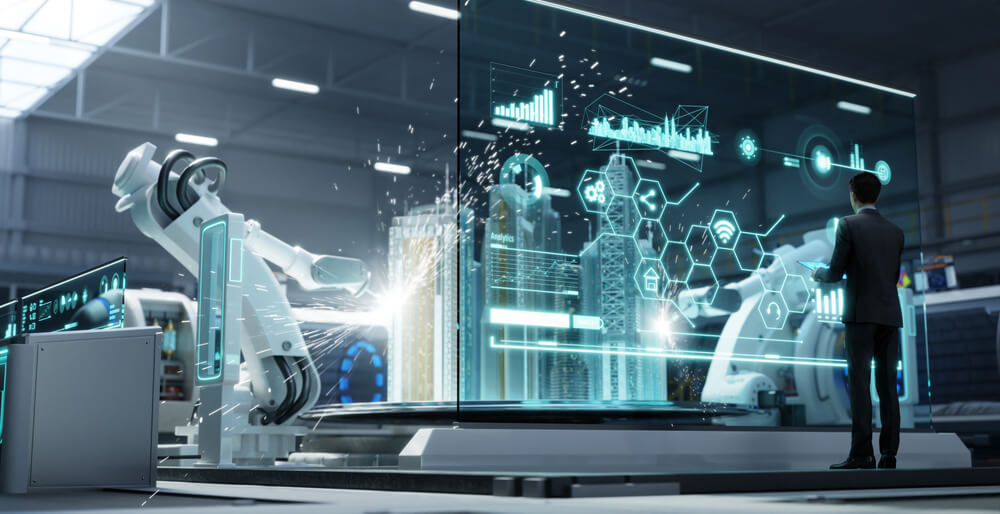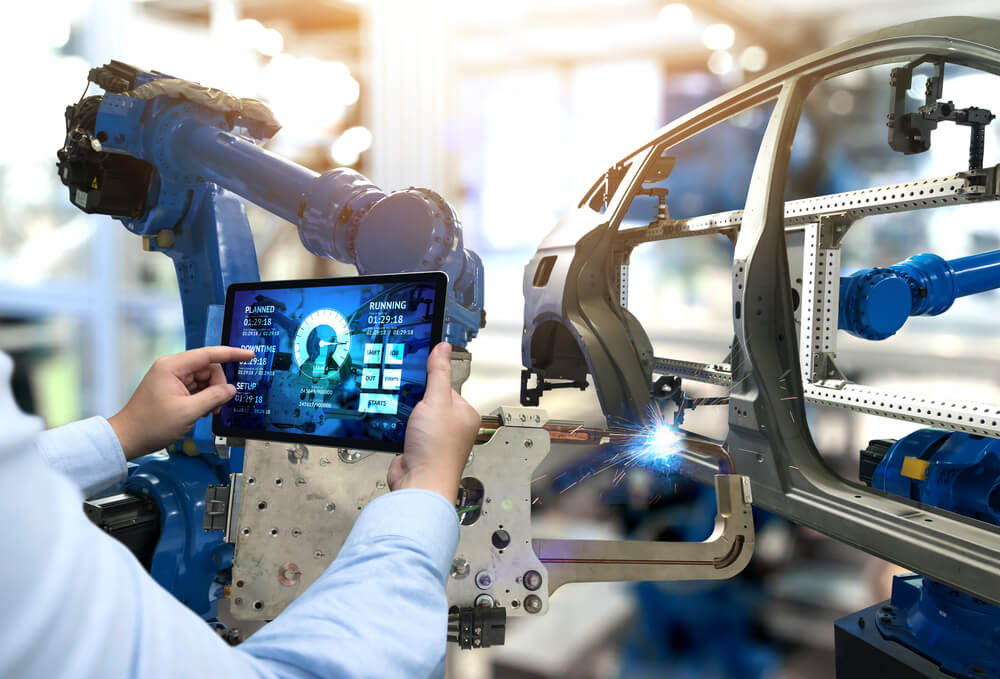Introduction
In today’s competitive manufacturing environment, gaining real-time visibility into operations is no longer optional. With global supply chains becoming more complex and customer demands more stringent, manufacturers must continuously optimize their processes to stay ahead. Enter the Industrial Internet of Things (IIoT), a digital transformation catalyst that empowers manufacturers with data-driven insights.
At the heart of this transformation lie two critical elements: Machine Monitoring and Production Monitoring. While machine monitoring serves as the bedrock of many IIoT deployments, it often offers a limited view. True transformation begins when we move from monitoring isolated machines to understanding the entire production ecosystem—a state known as Production Intelligence.
Machine Monitoring: The Foundational Step
Machine monitoring is often the first foray into IIoT for many manufacturers. It involves tracking individual machine metrics such as:
- Operating status (Running, Idle, Off)
- Cycle time
- Part counts
- Downtime and reasons
- Temperature and vibration levels
- Maintenance alerts
According to a McKinsey report, companies that implemented machine monitoring saw an average 15-25% increase in asset utilization and 30% reduction in unplanned downtime.
“Machine monitoring helps organizations shift from reactive to predictive operations.” — Industrial Insights Magazine, 2024 Edition
For machining-heavy industries, understanding utilization is key. Without these insights, most manufacturers overestimate their asset utilization by 20% or more.
Moreover, machine monitoring replaces time-consuming manual data collection. Engineers no longer need to spend hours recording part counts and downtime events in logbooks or Excel spreadsheets.
The Limitation: A One-Dimensional View
However, basic machine monitoring provides a one-dimensional view of production. It focuses solely on machine performance:
- Is the machine running?
- How many parts did it produce?
- What is the cycle time?
This machine-centric approach lacks context. It doesn’t answer:
- Who was operating the machine?
- What part or operation was being performed?
- Was the machine working on a priority order?
- What was the shift performance?
“Machines are essential, but without context, you’re flying blind.” — Thomas Walden, Director of Smart Manufacturing, Siemens
Think of this approach as having only one camera in a multi-angle production environment. You see movement, but not the full story.
Production Monitoring: The Three-Dimensional View
Production monitoring takes the concept further by combining machine data with human, process, and operational context. It provides a comprehensive view of:
- Work order progress
- Shift and operator performance
- Scrap and rework
- Real-time OEE
- Line balancing
- Downtime reasons by root cause
It transforms operations from a machine-focused approach to a performance-focused ecosystem.
“Production monitoring is not about more data; it’s about the right data.” — ISA Smart Manufacturing Conference 2023
A study by Deloitte found that companies using integrated production monitoring systems experienced:
- 20% improvement in on-time delivery
- 18% reduction in changeover times
- 25% increase in first-pass yield
The Convergence via IIoT: Bridging the Gap
IIoT enables the convergence of machine and production monitoring by providing:
- Connectivity: Linking sensors, machines, and systems via edge gateways
- Integration: Connecting with MES, ERP, QMS, and other systems
- Analytics: Generating insights from raw and contextual data
- Automation: Triggering workflows based on real-time conditions
How It Works:
- Edge Devices collect machine data and forward it to a centralized platform.
- Cloud Platforms integrate operator inputs, work order info, and process data.
- AI/ML Algorithms analyze this data to uncover patterns and anomalies.
- Dashboards present KPIs like OEE, MTTR, and utilization.
Benefits of Combining Machine & Production Monitoring
- Improved OEE: Gain visibility into availability, performance, and quality.
- Reduced Downtime: Identify true root causes across machine and process levels.
- Enhanced Scheduling: Synchronize production schedules with real-time machine availability.
- Accurate Quoting: Leverage historical job data to improve time and cost estimations.
- Data-Driven Decisions: Empower operators and supervisors with actionable insights.
Real-time monitoring can cut total production costs by up to 12%, according to Capgemini Research.
Common Pitfalls to Avoid
- Treating machine and production data as silos
- Lack of MES/ERP integration
- Underutilizing operator feedback
- Relying solely on historical data
- Overcomplicating analytics with no clear KPIs
Looking Ahead: The Future of Production Intelligence
The next frontier is cognitive manufacturing where systems:
- Predict bottlenecks before they occur
- Automatically adjust schedules
- Suggest operator assignments
- Balance workloads across multiple shifts
By 2027, 75% of manufacturers are expected to adopt IIoT-enabled platforms for real-time decision-making (Gartner).
“The future belongs to factories that can think, decide, and adapt in real-time.” — MIT Digital Manufacturing Forum
FAQs
Q1. Is machine monitoring necessary if we have MES?
Yes. MES provides planning and control, but real-time machine data improves accuracy and responsiveness.
Q2. How soon can ROI be achieved with production monitoring?
Typically within 6 to 12 months, especially when downtime and scrap costs are high.
Q3. Can IIoT solutions scale with plant growth?
Absolutely. Modern IIoT platforms are modular and can scale from a few machines to hundreds across plants.




